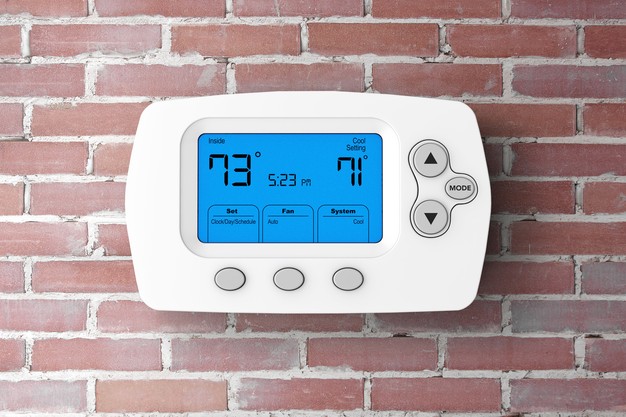
Restaurant Humidity Control
Ideal restaurant humidity levels vary depending on the room and even depending on the type of food your establishment serves. Humidity level considerations in n clude customer and employee comfort, equipment performance, and the most efficient ways to reach appropriate humidity levels.
Dining Room Humidity Levels
Dining room humidity levels should be high enough to inhibit the transfer of airborne illnesses and low enough to facilitate customer comfort. Water vapor oxidizes germs and, thus, kills some of the harmful pathogens.
However, customers may be uncomfortable if relative humidity levels are too high. Also, very high humidity is conducive to musty smells and mold formation. Generally, relative humidity (RH) levels of 30 to 50 percent are ideal for comfort and germ control. No restaurateur wants to lose business because of an uncomfortable dining room.
Kitchen Humidity Levels
In addition to more obvious issues such as mold and mildew, excessive humidity in kitchens create other problems. For example, food spoils easier and equipment can suffer from decreased efficiency or even fail.
Failing freezer seal gaskets are especially troublesome as these are high-energy use appliances. When the RH is too high, gaskets can fail.
Inversely, failing gaskets can cause RH to be too high inside walk-in and result in floor puddling.
Kitchens with several deep fryers are particularly susceptible to high humidity. So you’ll have another reason to keep humidity down with this equipment present.
When it comes to baking, humidity levels are vital. According to Bakerpedia, fermenting dough requires keeping rooms at over 75 percent RH, while RH inside proofers must be over 80 percent.
Most natural convection ovens bake with an RH of 90-95 percent combined with high temperatures. Forced convection ovens have lower humidity levels, between 30-60 percent, with lower temperatures. Of course, optimal humidity and temperature levels also depend on what you are baking.
Ideal Humidity Levels at Low Costs
Obtaining desired humidity levels is only half the battle. As you know, restaurants must operate in the most cost-effective manner. With this in mind, it’s imperative to consistently review utility bills and understand how seasonal variations impact them.
GWT2Energy can help your restaurant maintain appropriate humidity levels. Of course, we do this while using our proven energy saving strategy designed to keep costs as low as possible.
Contact us for a consultation. Our energy consultants will work with you to establish a comprehensive program that lowers your restaurant’s utility bills.



